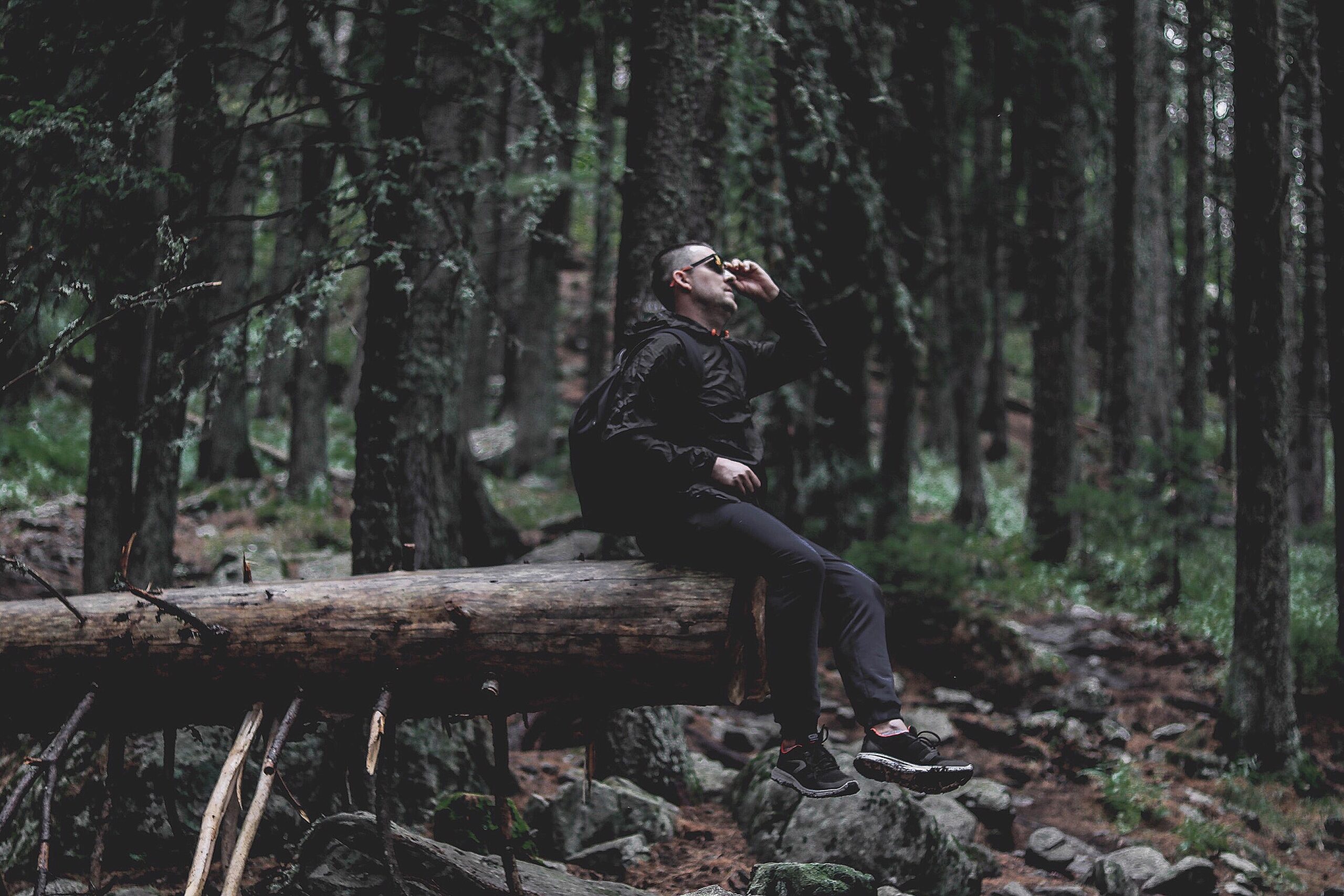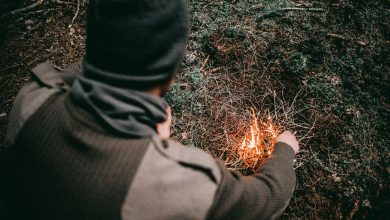It’s no secret, our beautiful National Parks are thriving. Between 1960 and 2017, the number of recreational visits quadrupled to a whopping 330 million. It’s no wonder, there’s so much magnificent scenery to see and explore. The National Park System (NPS) is spread over a massive 85 million acres. It includes 129 historical parks or sites, 88 national monuments, 25 battlefields and much more. In 2017, the NPS had over 300 million recreational visits.
So, we know that more people are getting outdoors to hike and camp, and being more healthy is great. There’s only one TINY problem: Hikers head off into the wilderness all too quickly, it all boils down to: “ease of access”. Our intrepid wannabe adventurer sees a gorgeous mountain on Facebook. By the next weekend they’re already heading out. No research. No planning. No preparation.
Without the right preparation or equipment, they’re getting lost and often face the very real risk of dehydration or starvation. Yes, it’s the height of human stupidity and ignorance. Some are foolhardy enough to think their cell phone will save them in an emergency situation, unaware that in remote areas, signals are often weak, and batteries can quickly go flat.
The National Parks may seem to be a safe haven for families, hikers and tourist to enjoy the scenic beauty. One thing you will notice though. There seems to be many more missing persons than found alive. Yes, you may be one of the lucky ones. People are found alive. Preparing yourself by upping your survival game is the only way you’re going to last.
Below you will find a comprehensive guide that will not only teach you the importance of food and water, but also how to find them in the wild.
How To Find Food In The Wilderness
The last bar of chocolate you had was gobbled up four days ago. Now your stomach is rumbling from hunger. And you’re starting to feel weaker. You’ve seen the greenery around. It’s certainly starting to look appealing. But which plants are full of nourishment and which ones can make you ill or even be fatal? Read on to find out.
Knowing What You Shouldn’t Eat
If you’re foraging for food and come across a plant you can’t definitely identify – then move on. With more than 700 types of poisonous plant, it’s simply too risky. Some general guidelines are to avoid plants with: three-leaved foliage, milky colored sap, thorns or spines, bitter tasting, bulbs or beans, parsnip or carrot-like leaves, an almond scent.
These are just general guidelines for when you’re not too sure exactly what you’re dealing with, as some edible plants will also have these characteristics. To be completely sure a plant is edible, then carry out the Universal Edibility Test.
The Ultimate Test For Identifying Edible Plants In The Wild
Once you have found a wild plant source, you will need to test it for edibility. The Universal Edibility Test is a proven technique which was originally developed by the U.S. Army to help identify plants which you can safely eat. Remember that the only way you can avoid accidental poisoning is to stick to plants you can positively identify with 100% certainty. This method of identifying edible plants should only be used as a last resort.
Preparing for the Test
- Make sure you have an abundant local supply of the plant.
- Break down the plant into its main parts. These are: the leaves, stems, roots, flowers, buds.
- Select one small piece of one part of the plant. You will only be testing one part at a time. Each part of the plant needs at least 24 hours to fully test.
- Smell the part for any strong odors. Whilst a bad or acidic smell may suggest it’s inedible, it’s only an indication and further testing is still required.
- Prepare it the part the way you intend to eat it. For example, boiling or raw.
- Fast for 8 hours prior to the main testing. Use this time to test for contact poisoning; place the plant part on your lower inner arm (e.g. wrist/elbow), to see if there’s any adverse reaction (10-20 minutes). If you still feel Ok and there’s no redness, soreness or itching on the treated skin, move on to the next section below.
At the first sign of any negative reaction, discard the plant part right away, and start with a new part, from step 1. above.
Test the Plant Part
During this testing period, you will only be consuming the plant part and purified water – no other food intake is allowed.
- Place a small portion of the prepared plant part on your outer lip. Wait for 5 minutes, and if there’s no burning reaction, move onto the next step.
- Put the plant part in your mouth and keep it on your tongue for 10-15 minutes. If no reaction, proceed to step 3.
- Chew a small amount, without swallowing. Wait for 15 minutes.
- Swallow the plant, only if there’s been no irritation (itching, burning, sensation, during the previous 15 minutes). Wait for 8 hours.
- If you feel any sickness or nausea during this period, flush out your system with of water in order to make yourself vomit.
- Eat one quarter cup of the pant part. Wait 8 hours.
- If you feel no adverse reaction, you may now consider that it’s safe to eat the plant part that’s been prepared in the same way.
Note:
- You will need to perform an edibility test for all parts of a plant. Some plants have both inedible and edible parts. Simply repeat the 7 step process above, for each part.
- A plant part that’s been tested as edible when cooked may be inedible when raw. It will need to be tested in both scenarios.
- Even after testing a plant as safe, always eat in moderation. Eating large portions of plant when on an empty stomach may cause nausea or diarrhea.
5 Wild Plants That Are Definitely Not Edible
While there are a great variety of wild plants you can eat, there are quite a few that are fatal. Below we will learn about some of the most common poisonous plants.
Deadly Nightshade or Belladonna: has light green, ribbed oval, pointed leaves, purple colored flowers and shiny black (cherry-like) berries. This highly toxic shrub can cause symptoms like rashes, headaches, hallucinations, spasms and finally death.
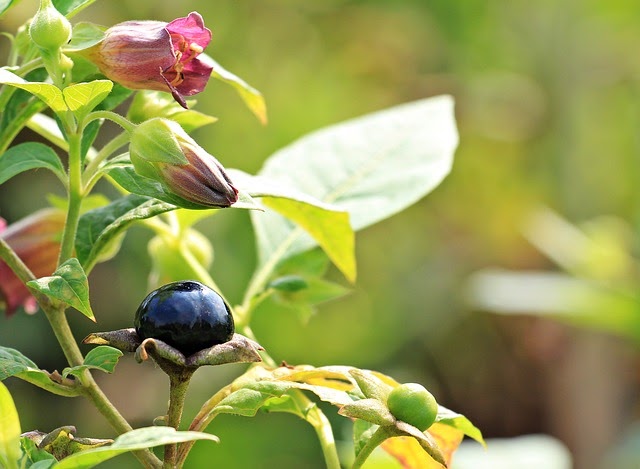
Poison Ivy: Found all over the United States and Canada. As well as growing in rural settings like forests, along streams and on beaches, it flourishes in urban areas like parks and along roads or trails. When touched, it can cause painful skin rashes, itches and in extreme cases blistering.

Datura (also called Thorn Apple or Moonflowers): these flowering shrubs belong to the Nightshade family. The white, yellow or purple pointed flowers are fragrant and produce a spiny fruit. Toxins are mostly contained in the seeds and flowers, although the leaves, roots, and stems should be avoided too.

Water Hemlock (Cicuta Douglasii): these extremely toxic flowering plants are native to North America, typically residing in wet or marshy areas like meadows and along streams. Great care should be taken to avoid the root, although all parts of the plant can contain a deadly neurotoxin. Some of the common signs of poisoning include rapid pulse, muscle twitching, seizures, as well as death.

Oleander (common names: Rose Bay, Rose Laurel): this evergreen flowering shrub is commonly grown in gardens or school yards, and can be seen in the wild too. Oleander has a deadly milky juice. Taken by mouth can cause vomiting, diarrhea, stomach pain, serious heart problems, as well as other serious side effects. Consuming any part of the plant (leaves or seeds) can be fatal.
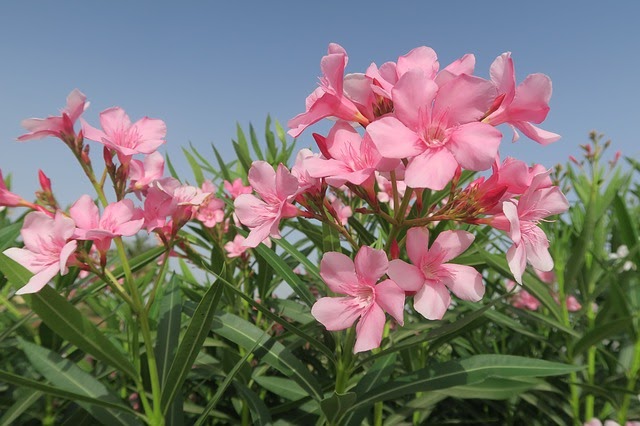
7 Plants You Can Eat
Hazelnuts: The North American hazelnut tree commonly grows in the region east of the Mississippi. The oval-shaped yellow-brown kernels appear in clusters. 100 grams of hazelnuts contains 620 calories, which includes 15 grams of protein, and 16 grams of carbohydrates. They are packed with many health promoting nutrients like vitamins, minerals, dietary fiber, folates and monounsaturated fatty acids.
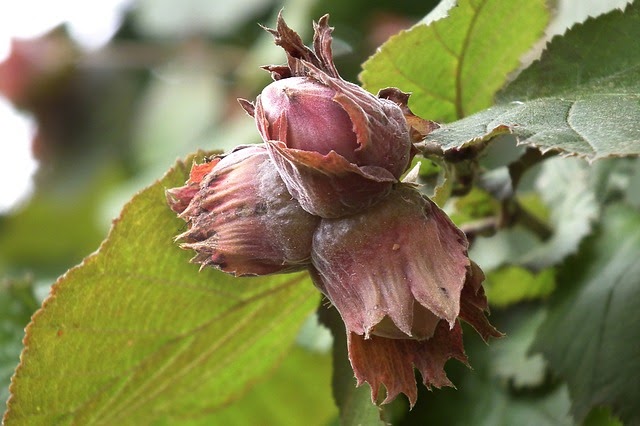
Beech Nuts: These deciduous trees are native to Asia, Europe and the USA. The smooth-barked beech tree is commonly found in the eastern woodlands. Around October, you can see prickly husks, which yield 3 sided seeds. Beech leaves harvested in spring time can also be used as a salad, tasting like a milder, softer version of cabbage.
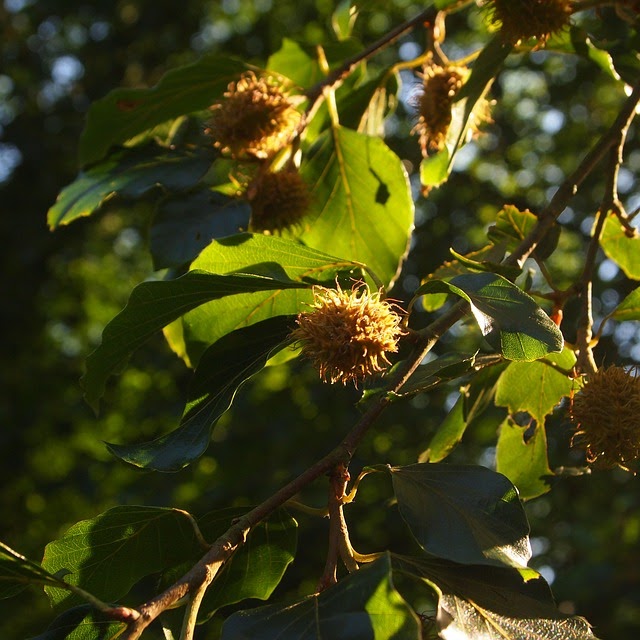
Oak Acorns: These nuts come from oak trees, and are one of the most abundant plant foods you can find in the wild. Native Americans used them as a staple food source. The bitter flavor is often confused by some to mean they’re either inedible or poisonous. In fact, the bitterness comes from tannic acid. Use stones to remove the outer shells to reveal the nuts. If you have a pot, soak the nut meat in clean water, changing the water several times. Alternatively, bind the nuts in cloth, and place them in a running stream for 1-2 days. this will not only make the nuts more palatable but remove much of acidic, bitterness taste.

Wild Rice: These plants thrive in the northern marsh lands of America. The Native Americans have a long history of harvesting rice using canoes. Each ounce is packed with 100 calories of energy, while also containing numerous vitamins and minerals. If you see some rice beds, paddle over and bend the ripened grain heads over. Then release the enclosed rice, by tapping them. In a couple of hours you’ll have a boatload of rice.
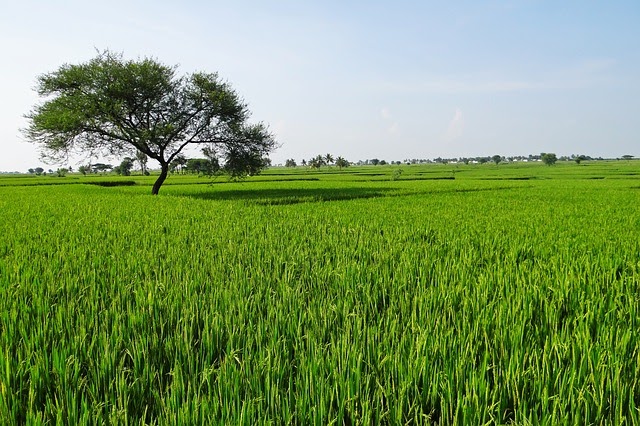
Blackberry: This sweet fruit is found in both North and South America. The plant bears white and pink flowers and the unripened fruits are red, which eventually turn deep purple. 100 grams of blackberries provides 43 calories and significant levels of dietary fiber, vitamin’s K and C.
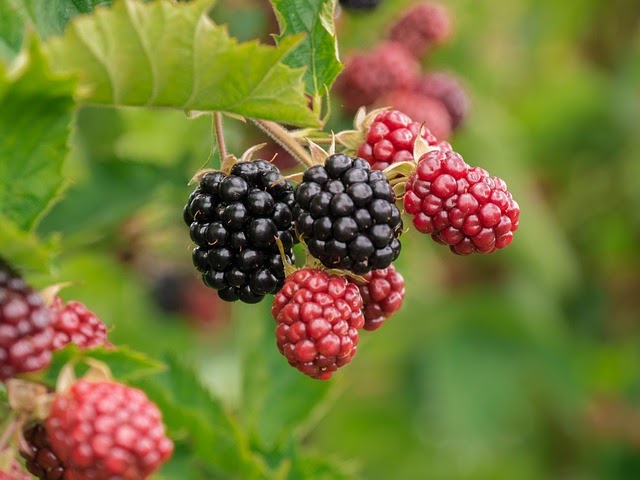
Blueberries: Wild blueberry shrubs (also called lowbush) range in height from 0.1 to 4 meters, and grow natively within the United States and Canada. Their whitish colored flowers mature into dark purple sweet-tasting berries between May and August. A 100 g serving of berries provides 84 calories. Just finding a large bush can be a real lifesaver.

Dandelions: Some may consider it as nothing more than a useless weed spoiling a perfect lawn. But if you’re in the wilderness, it could even save your life. All parts of the plant can be eaten (leaves, flower and roots). It’s better to eat young leaves, as they mature, they become more bitter. However, the bitter taste of mature leaves can be removed by boiling them; this boiled water can also be drunk as a tea. Both flowers and leaves can be used to garnish for your salad.

Finally..
When you’re planning your next outdoor adventure, remember to let at least one family member or friend know where you’re going.
And better safe than sorry!
Pack a survival pack in your rucksack. Some basic ideas that will come in handy are: blankets, spare clothing (including waterproofs if wet conditions are expected), matches, a torch, and a whistle (so people can hear you). And yes, don’t forget some high energy snacks and bottled drinking water!
Guest Author: Dan Patrick
Dan Patrick loves the great outdoors. Dan’s been active outdoors from the age of five, when his father first took him hiking. He soon progressed to exploring wilderness trails and camping. Read more about his survival skills at survivaldan.com.
Photo by Marin Chobanov on Unsplash


